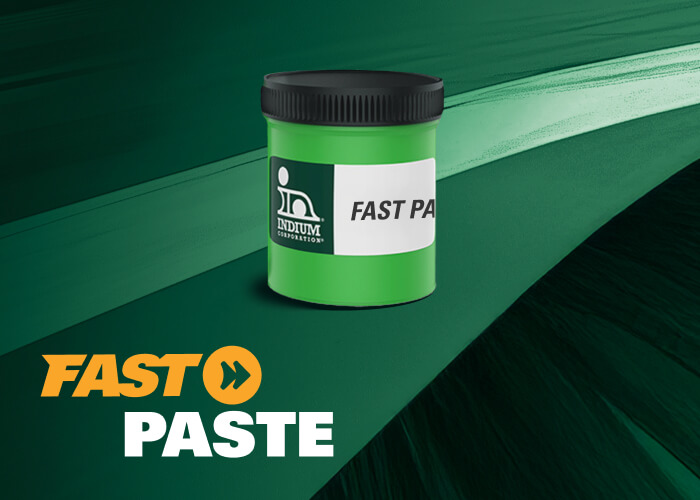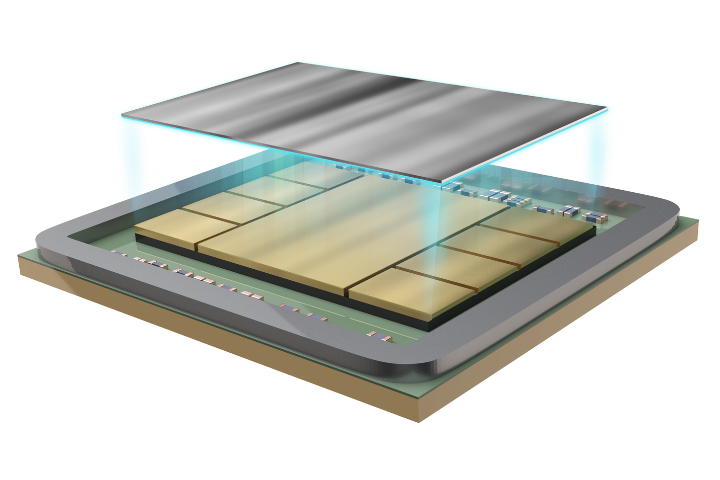Phil Zarrow: This video is for anyone interested in the halogen-free issues of BGA/flip-chip balling.
Andy, halogen-free is an issue that just doesn't seem to go away.
Andy C. Mackie, PhD MSc: Sure, halogen-free is here to stay. Two considerations, really. The one that I think you and I are both well-aware of, the legislative and environmental requirements, REACH, RoHS, and so on, pushing out mostly the organic, particularly organic bromo-type materials that are used in some of the printed wiring board fabrication, occasionally used in fluxes and so on.
The one that's really more dear to the hearts of the semiconductor industry is the halogen-free, the aspect that relates to halide-free, so it's the ionic materials. If a no-clean material or a water-soluble material leaves behind a residue, particularly water-soluble if it doesn't clean well, leaves behind an ionic residue, it can lead to SIR and electromigration issues. The only standard that really seems to talk to this at all is the IPC standard, and I'm not even really sure that that's relevant to the semiconductor industry, so there's a lot of question marks around it.
Phil Zarrow: Could you elaborate a little bit on the difference between halide-free and halogen-free?
Andy C. Mackie, PhD MSc: Sure, halogen-free encompasses everything within group seven of the Periodic Table, so it includes some elements that people don't usually think about, like fluorine, iodine, astatine. The one mostly dear to the hearts of the semiconductor industry is the chlorine and bromine, and those present chloride or bromide form are the source of concern from a reliability aspect. The halogen-containing materials encompasses the organic materials and the halide materials together, and in the standard IEC so-called oxygen bomb test, these materials are bombed with oxygen, they're heated up in the presence of oxygen to turn them into ionic materials.
Phil Zarrow: Very good. What is Indium Corporation's approach towards this issue?
Andy C. Mackie, PhD MSc: We tend to think of this in a three-tier approach, particularly in the semiconductor industry, again, being very sensitive to this. We have some materials like the SS446 flux, which is used as a flip-chip flux, for example. That is a very powerful flux, but we tell our customers it's halogenated, it contains halogens higher than the 900-900-1500 limit given by the IEC. We have materials that are compliant with that that we call halogen-free, but we actually call them halogen-free and compliant with that 900-900-1500 specification, and then finally we have materials that are no intentionally added halogen, which includes our SS575-CR-T ball attach flux, the world's leading ball attach flux for pin transfer. That one is, again, a no intentionally added halogen-free material that cleans off at room temperature.
Phil Zarrow: Where can we get more information on this, Andy?
Andy C. Mackie, PhD MSc: As always, go to www.indium.com, or email me at [email protected].
Phil Zarrow: Very informative. Once again, Andy, thank you so much.
Andy C. Mackie, PhD MSc: Phil, thank you.



